12 Accessible London Attractions to Visit (with tours)
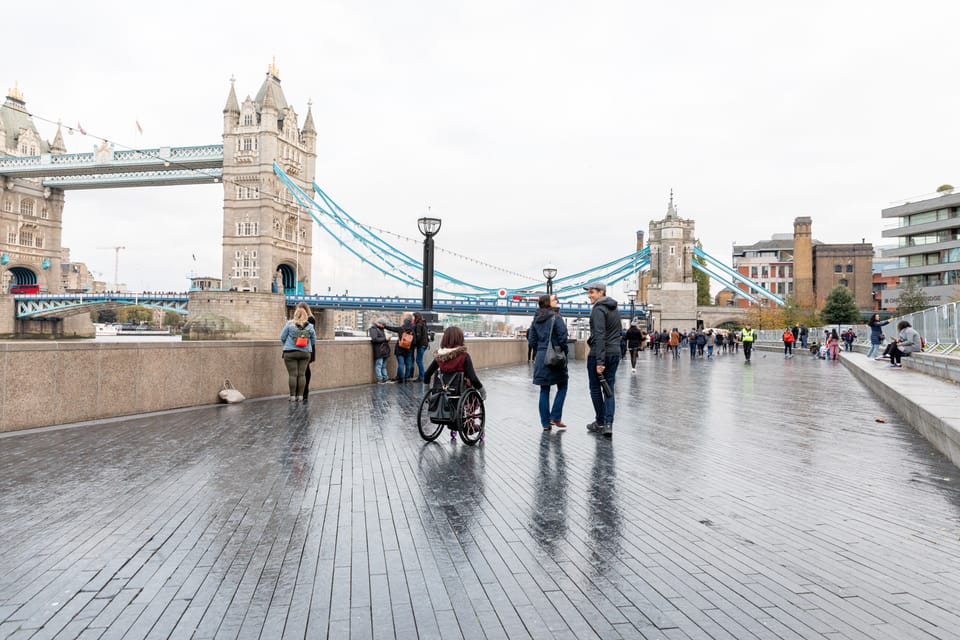
London is full of historic, timeless, and stunning attractions that are a must-visit. Wheelchair users will be happy to know that the city is also very wheelchair friendly, making it a great destination to choose for your next trip.
In this article, we will take you through the city and highlight the top accessible attractions to visit. If you want to escape the city for a day, we offer a suggestion of exploring the beautiful countryside of England. Take a journey to Stonehenge and Bath to experience more of what the area has to offer.
From museums, parks, and famous bridges, lets get into the top accessible attractions in London.
Accessible London Attractions
British Museum
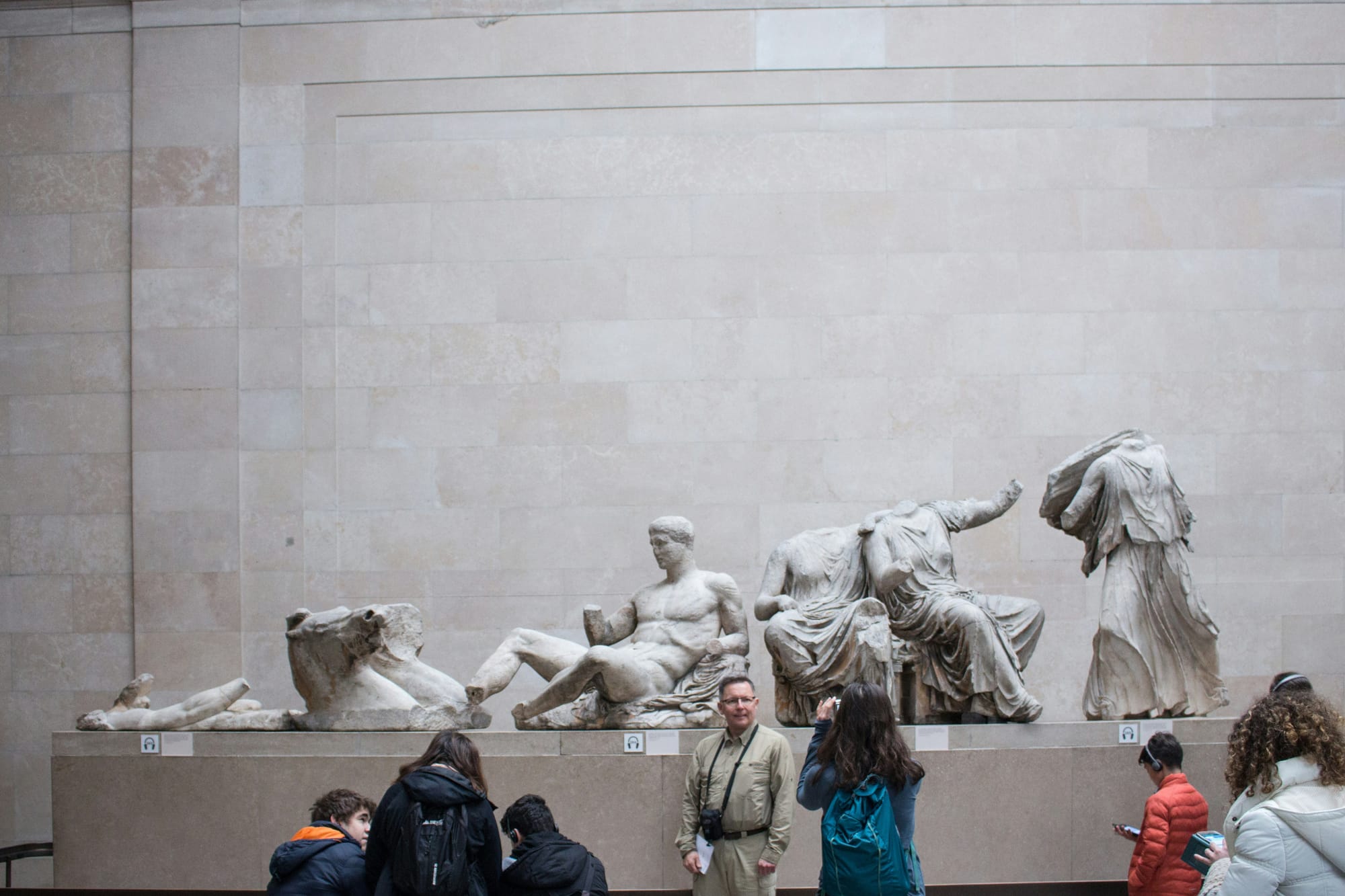
This famous museum is a true labyrinth of exhibits, totaling around 8 million objects that range from Egyptian mummies to Van Gogh art pieces. The most famous pieces include Rosetta Stone, Sophilos Vase, and The Parthenon Sculptures.
The British Museum is fully accessible. It has smooth floor exhibition rooms, wheelchair-accessible elevators that reach all floors, and the north entrance on Montague Place has lift access to compensate for the 12 steps. Every wheelchair-accessible restroom is shown on the Museum's map, be sure to pick one up at the reception desk.
National Gallery
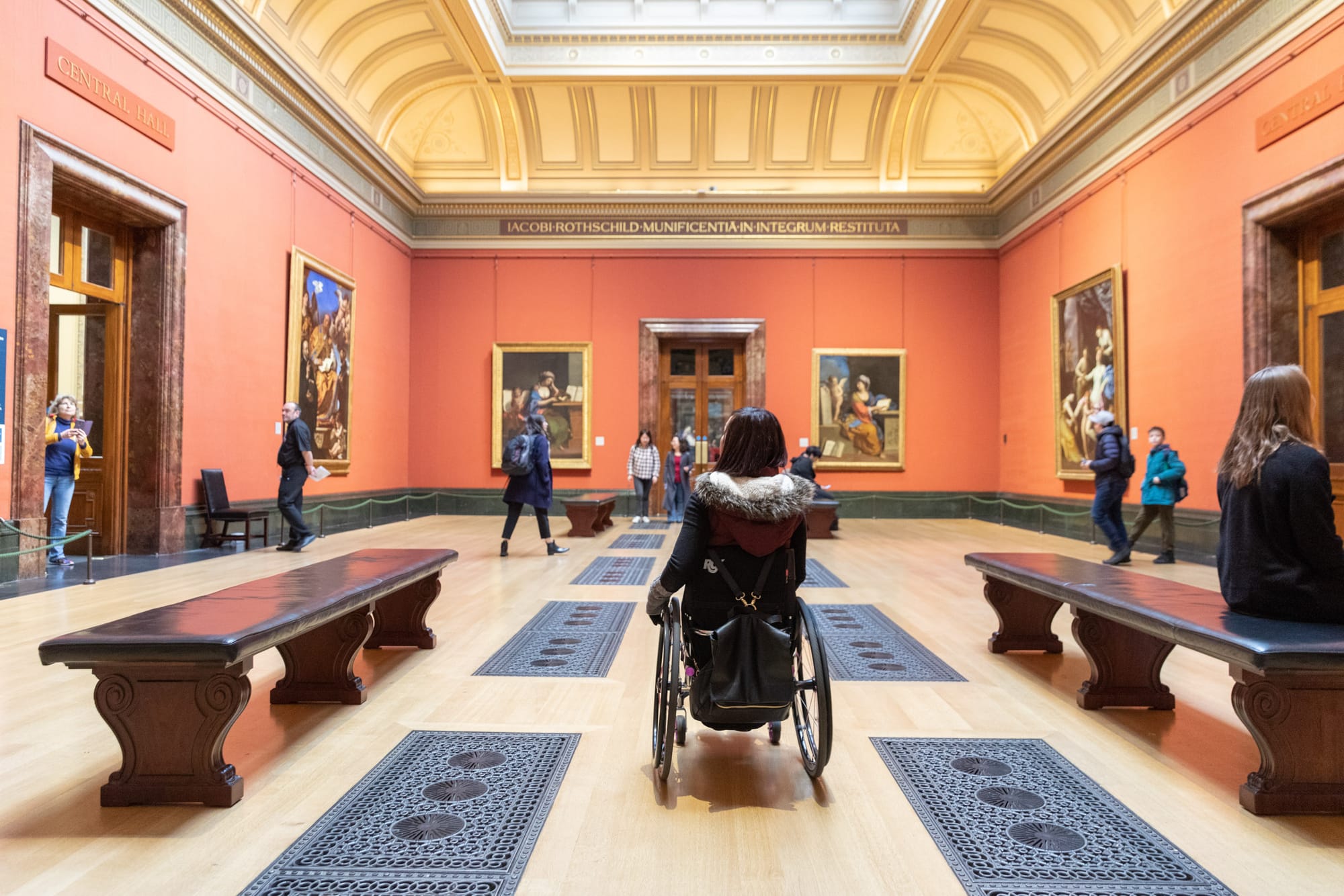
Immerse yourself in the rich tapestry of art and history at the National Gallery. Home to over 2,300 pieces of work, you'll observe paintings of famous artists such as Monet, Van Gogh, Leonardo da Vinci, Michelangelo, and more. The collections date back from different periods of art, like the Italian Renaissance, Dutch Golden Age, Romanticism, and Impressionism.
The National Gallery features a step-free entrance via a ramp, smooth flooring, and elevator for accessibility. There is also visual and hearing disability guidance available.
Take a private tour of the British Museum and National Gallery.
Buckingham Palace
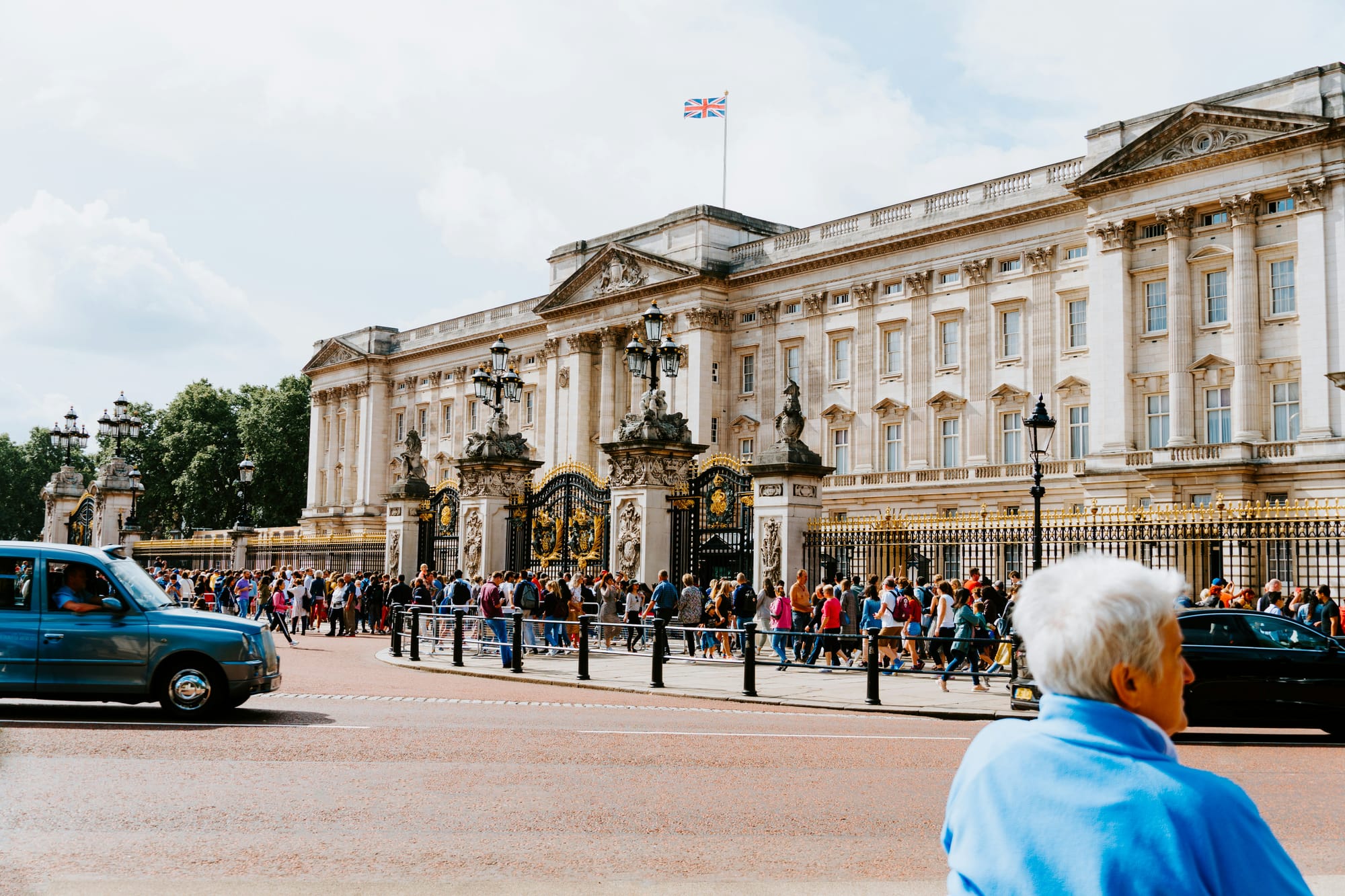
The official residence of the British monarch and royal celebrations, visitors can tour many of it's highlights during the summer months. Some of the top highlights include Changing of the Guard ceremony, Throne Room, and the Palace Garden.
Buckingham Palace is wheelchair accessible. For step-free entrance at the front of the palace, visitors will need to contact the Specialist Sales team. They have wheelchairs available for use upon request. Find more information by clicking here.
Big Ben
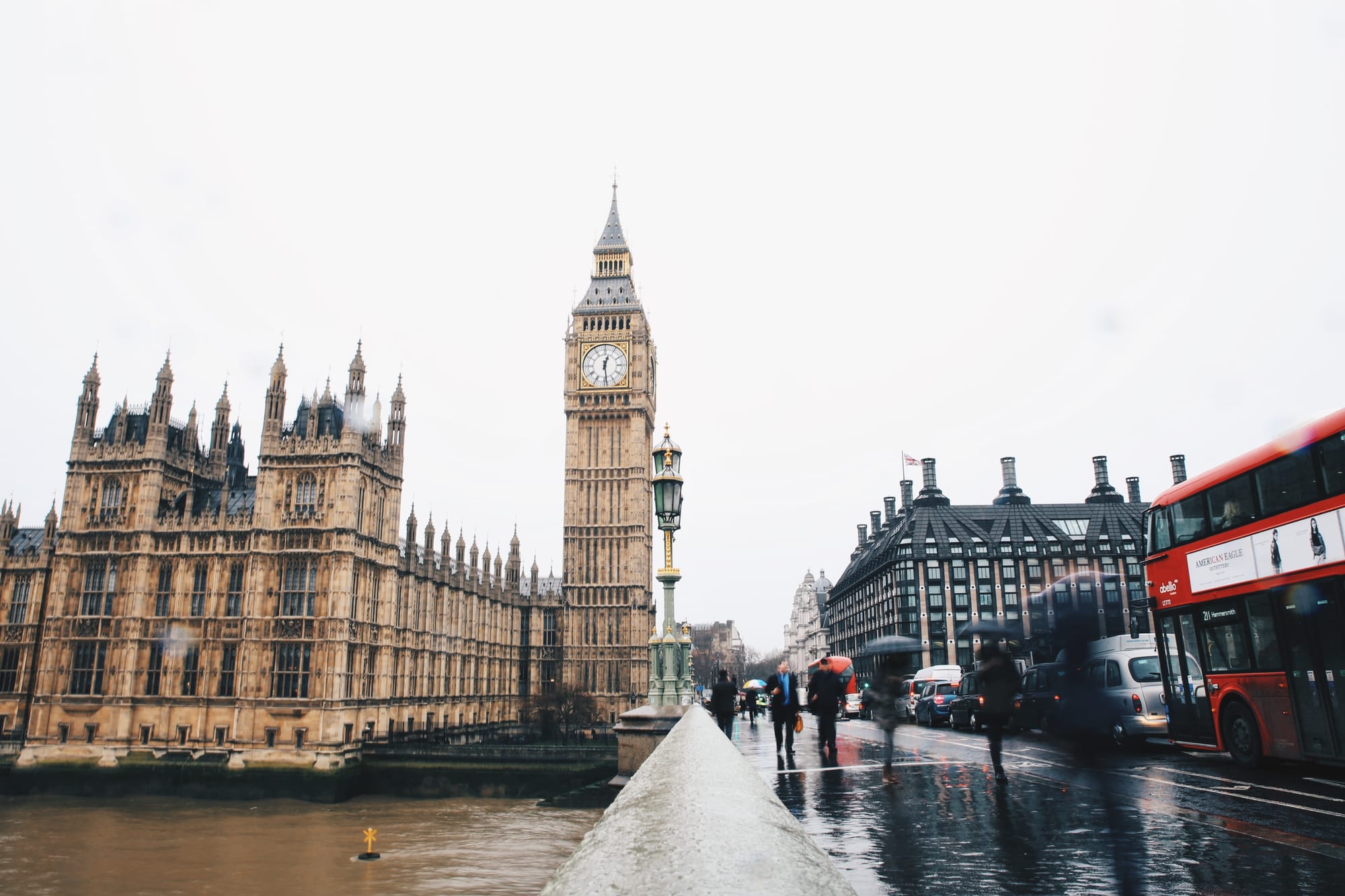
One of London's most famous landmarks, Elizabeth Tower, is nicknamed 'Big Ben'. Originally, Big Ben was the name for the largest of five bells, but the name is now widely referred to the clock tower. It's connected to the Palace of Westminster, a popular government office that visitors can tour and learn about UK parliament. If a tour doesn't interest you, Big Ben is worth seeing as it's along River Thames and is a perfect place to snap some photos.
The Palace of Westminster is mostly wheelchair accessible. Find more details on their website.
Westminster Abbey
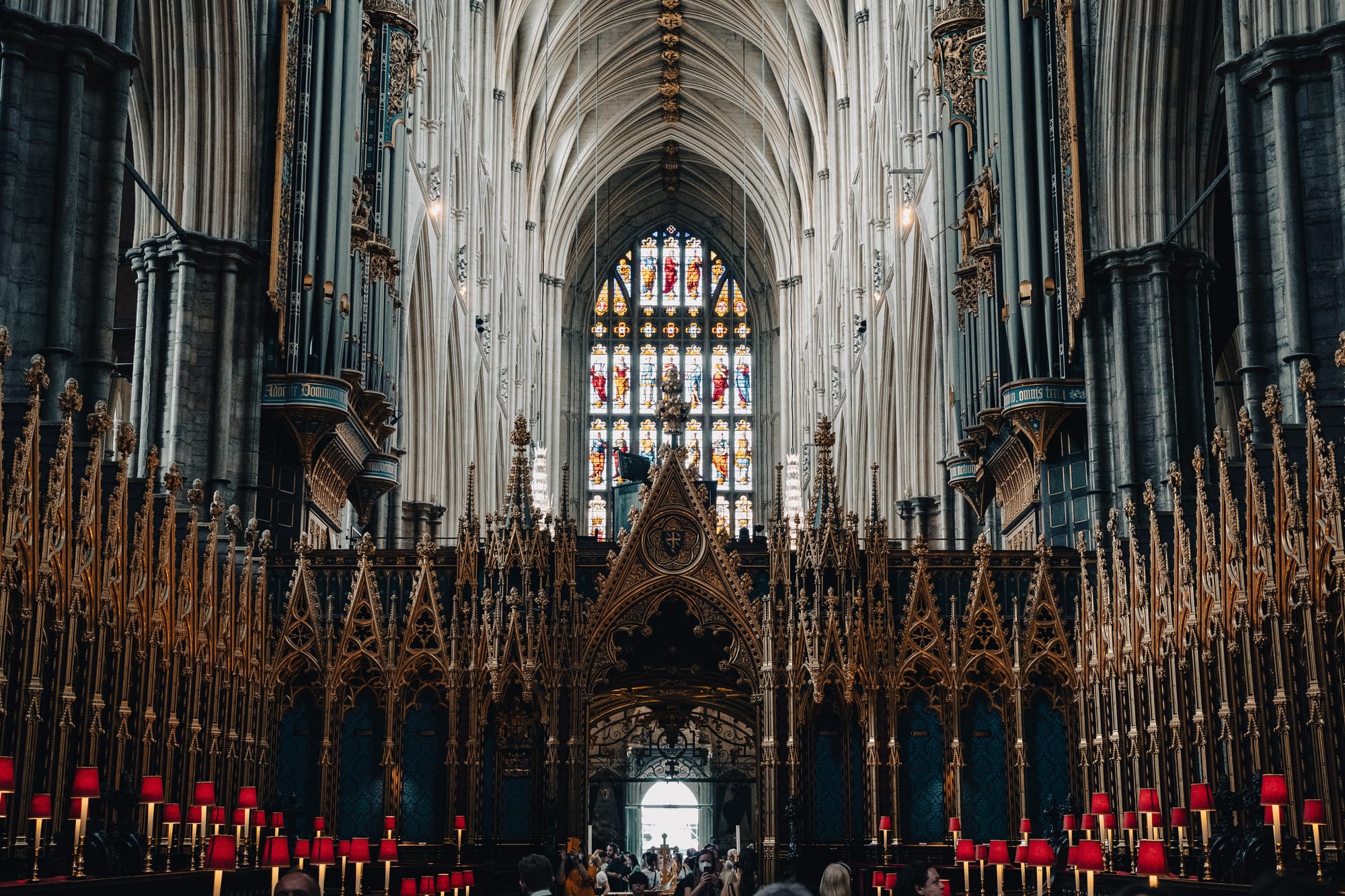
This richly historic church building dates back over a thousand years ago and is regarded as a masterpiece of Gothic architecture. Although there have been changes throughout the centuries, the current building today dates back to the King Henry III in the 13th century. Some quick facts to mark the historical significance:
- Westminster Abbey has been the coronation site of 40 British monarchs - thats every coronation since 1066.
- It's the burial site of over 3,300 important figures, including most of the the Kings and Queens of England, as well as Charles Darwin, Charles Dickens, and Stephen Hawking - among many others.
- The church has hosted 16 the royal weddings, including the Duke and Duchess of Cambridge.
- Contains the oldest door built in Britain, dating back to the 1050's.
Visitors can tour this magnificent building and see the coronation chair, royal tombs, poet's corner, and much, much more. The Westminster Abbey is accessible for those with disabilities. There is a ramp entrance at the North Door, and they have wheelchairs available. You will need to request one from the Abbey Marshal when you arrive. Additionally, they offer are audio described tours for visually impaired and printed transcripts (or BSL version) for those with hearing difficulties.
London Eye
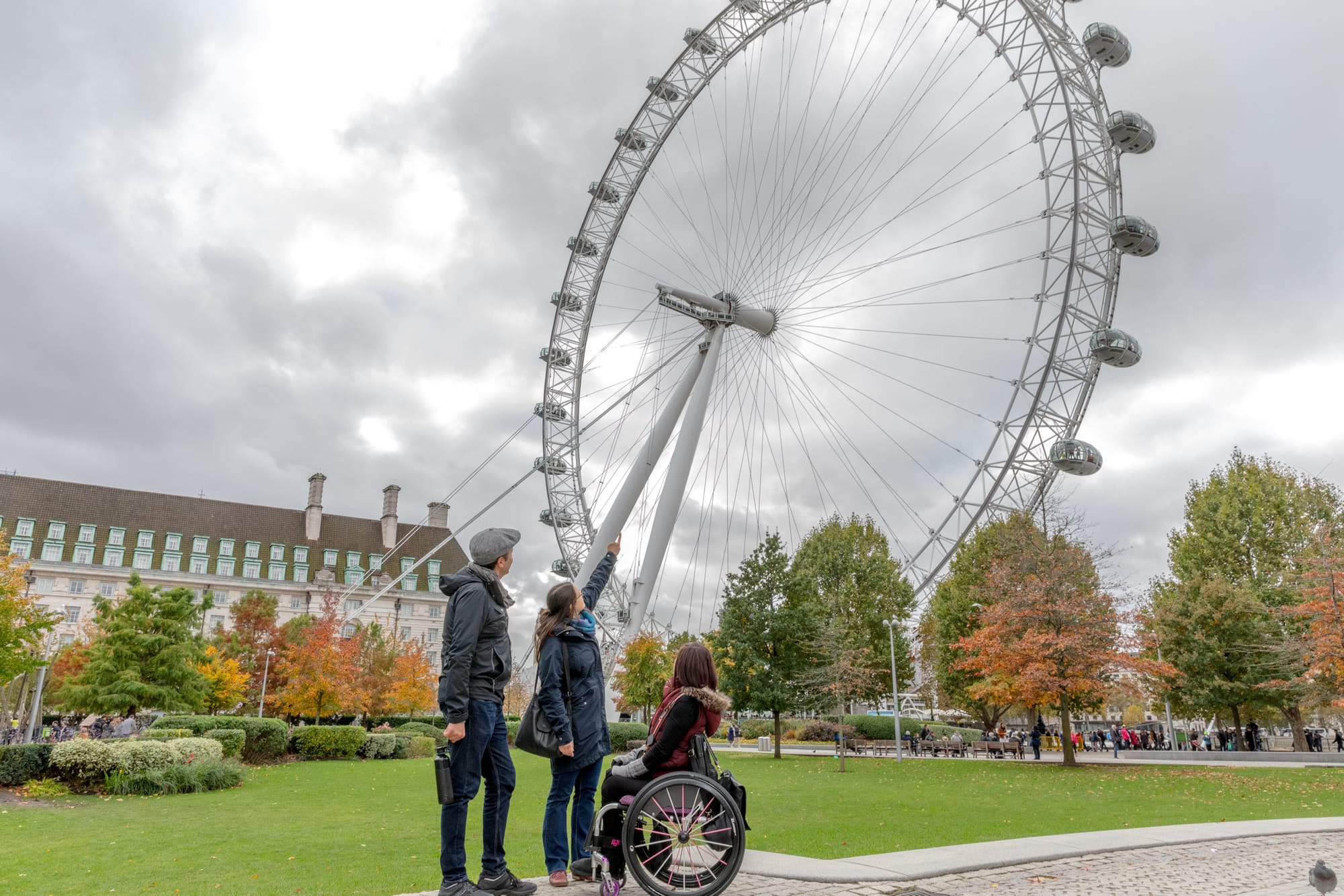
Take in panoramic views of London from above. The London Eye is a rotating observation wheel that allows visitors to see some of London's top sites from a new perspective, including Big Ben, the River Thames, and Palace of Westminster. It takes roughly 30-minutes to complete.
The London Eye is fully accessible for wheelchair users. Each pod can fit two wheelchairs at a time, but only eight are allowed on the London Eye altogether (due to health and safety regulations). Because of this, it is recommended to book tickets in advance to ensure a spot is available.
St Jame's Park
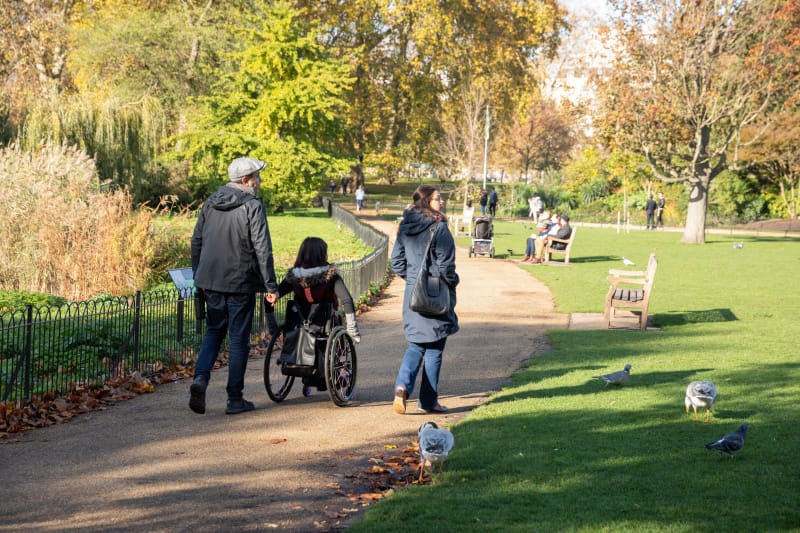
At roughly 57 acres in the City of Westminster (central London), St Jame's Park is the oldest of of eight royal parks. Escape from the bustling city and take a stroll through the peaceful paths that offer beautiful views of the lake and top attractions in London. For some of the best views within the park, head to The Blue Bridge above the lake. This bridge is famous for it's many views of popular sites in the city, including Buckingham Palace, The Horse Guards Parade, Big Ben and the London Eye. Don't forget to take your camera with you!
St. Jame's Park is wheelchair accessible with mostly level paths and has an accessible bathroom as well.
Tower Bridge
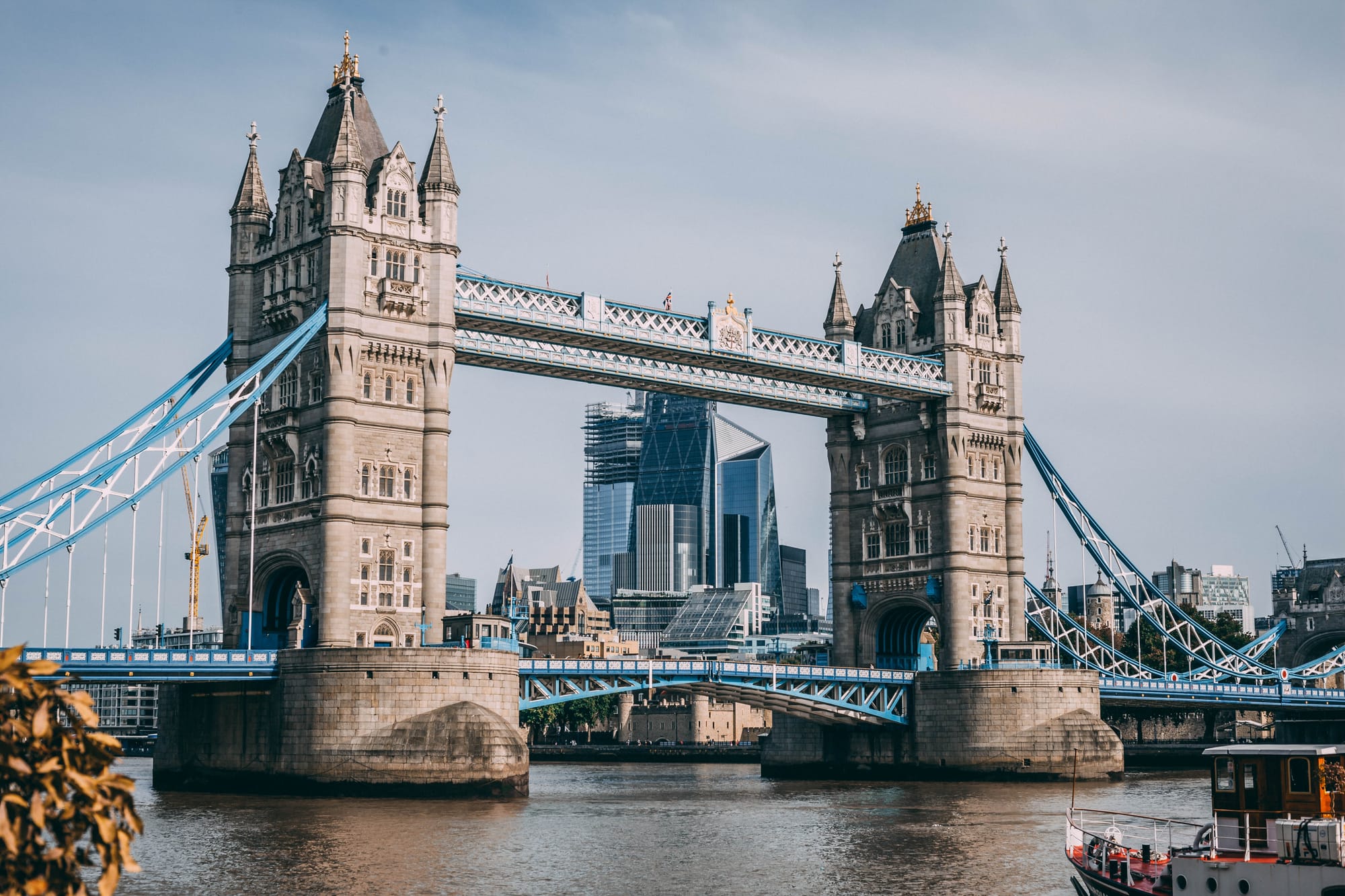
Perhaps London's most iconic landmark, Tower Bridge is a must-visit. Learn about the oldest bridge in the city and head inside the towers to see a unique perspective. Walkways connect the two towers, situated 42 meters above River Thames for panoramic views.
The bridge itself is accessible, along with the Victorian Engine Rooms. Both offer step-free access. There are two lifts up to the walkways, one in the South Tower and North Tower of the bridge. Wheelchairs are available for use during your visit, and they offer hearing/visual disability assistance via induction loops, braille and high contrast books.
Windsor Castle and St. George's Chapel
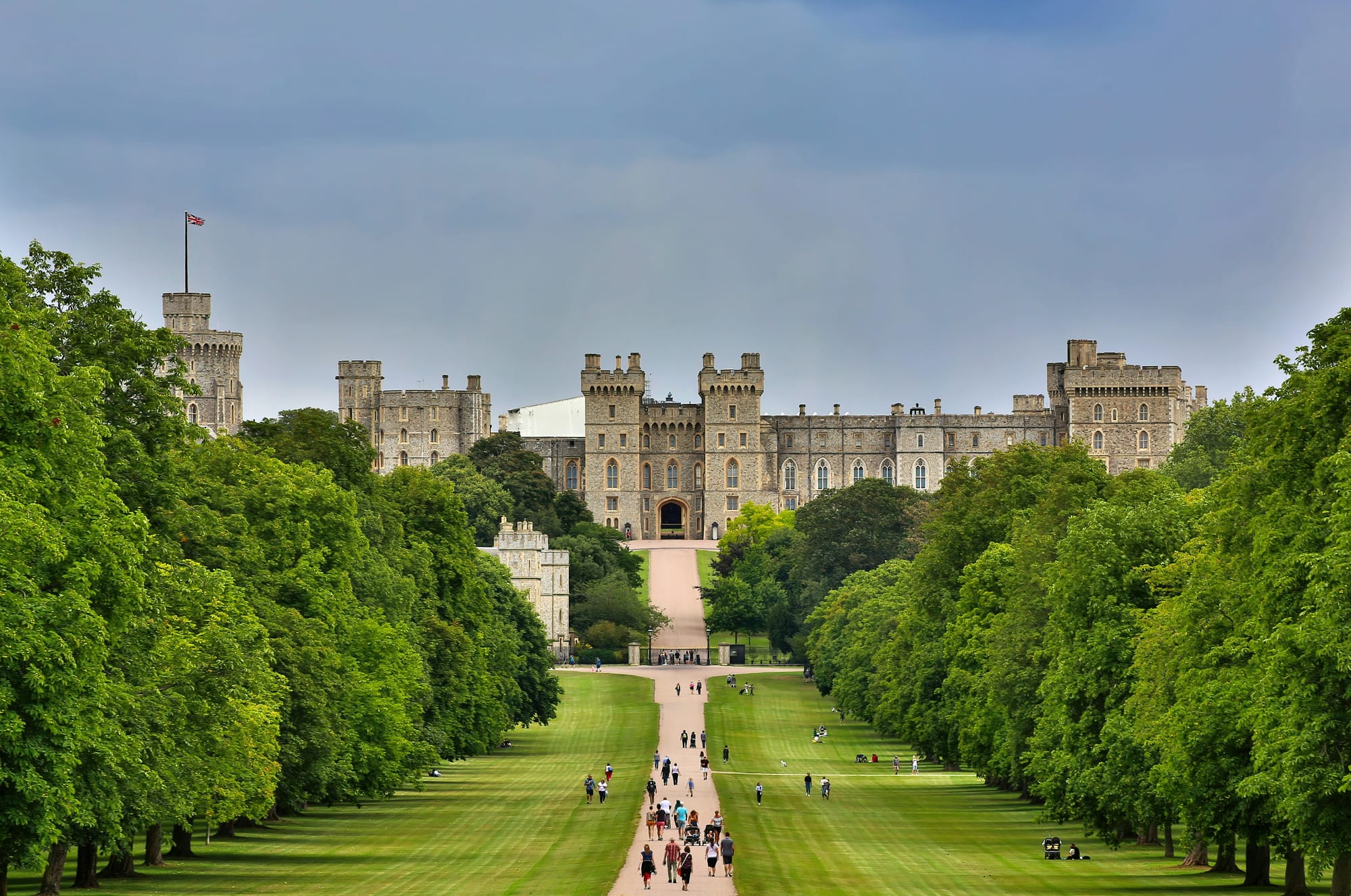
Windsor Castle is a royal residence and historic home for the British monarchy. The original site dates back to 1070 having been built by William the Conquerer. Visitors can tour the many rooms and royal sites on the property. Some highlights include the Grand Staircase, the portrait of King Charles I by Anthony Van Dyck, and Waterloo Chamber. Marvel at the grand design and history of this castle.
Part of Windsor Castle is St. Georges Chapel, one of the greatest architectural styles of Perpendicular Gothic in England. Construction of the chapel began in 1475 and finished in 1528 by Henry VIII. It has been the site of numerous royal services such as weddings and burials, standing as a testament of the rich history in the country.
Their visitors website provides in-depth details of accessibility throughout the castle, chapel, and property. See details here.
Get the most out of your trip and book a private tour that includes London's best sites and attractions.
Take a Tour of the English Countryside
Book an accessible private excursion and explore the English Countryside. Hop on a 10-hour accessible trip to the World Heritage Site at Stonehenge and Bath town and marvel at the mysterious collection of 5,000-year-old Neolithic stones.
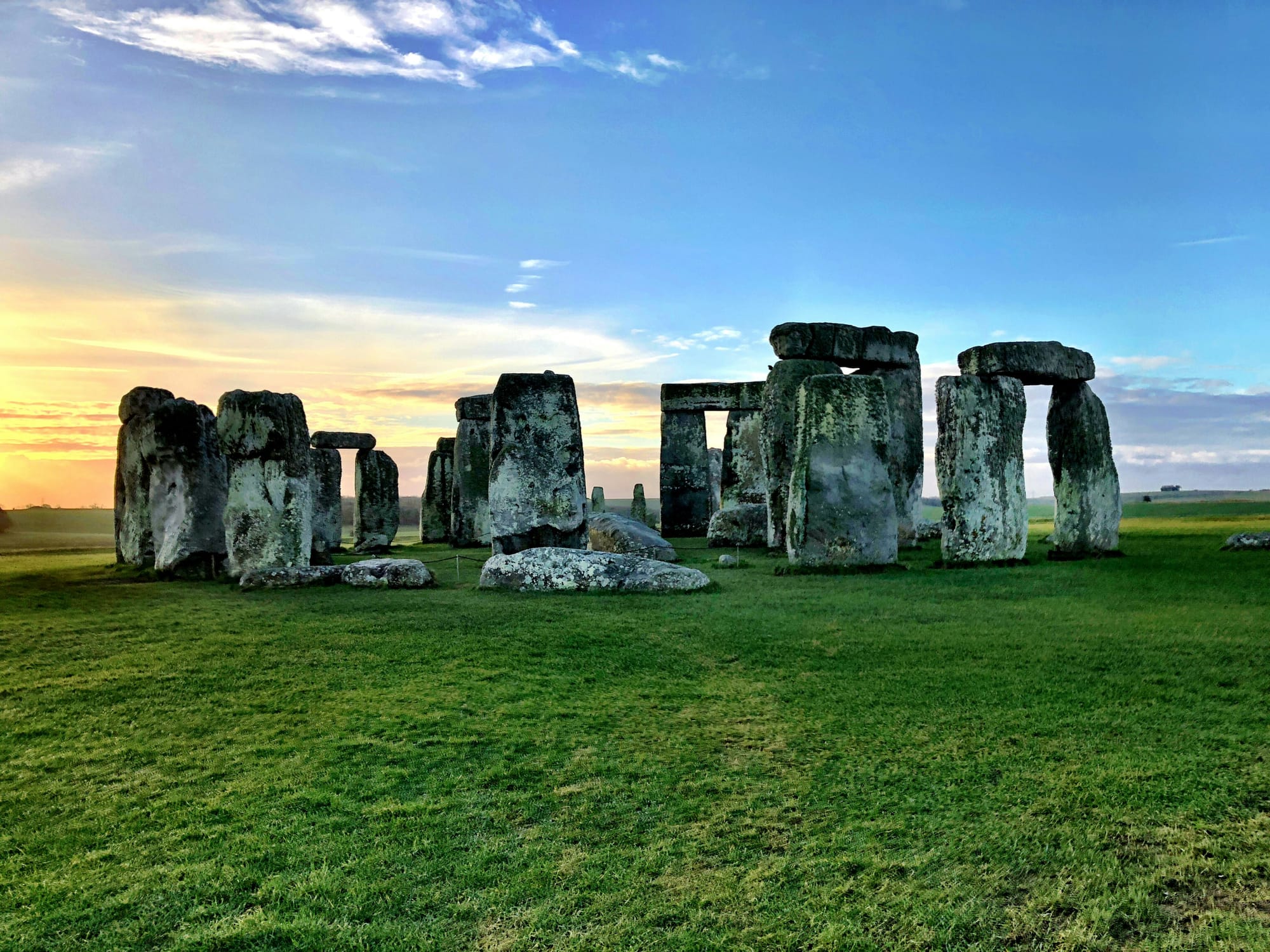
Visit the Prehistoric Site of Stonehenge
This prehistoric landmark is one of the most famous in the world. Although there is much mystery surrounding the site, historians and archeologists believe that construction was conducted through several stages over a period of 1,500 years, the earliest being estimated back 5,000 years ago. The smaller stones of the monument weighed between 2-5 tons and were traced all the way to Preseli Hills in Wales, roughly 200 miles away from the site. Exactly how the prehistoric builders were able to transport such heavy items is only speculative. And very intriguing.
Visitors can tour the world-class site and it's Neolithic houses, monuments, and exhibitions. The main areas, including the stone circle, are wheelchair accessible with tarmac and grass paths.
Explore Bath
Bath is home to some of England's best historical sites and architecture. The name originates from spas that were developed during the Roman times, though centuries of history can be experienced within the town.
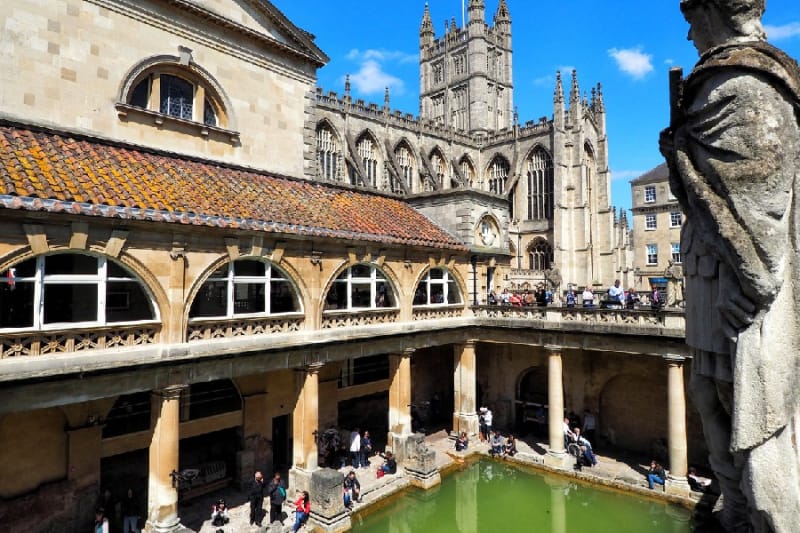
Bath Abbey
Bath Abbey, an architectural gem in the heart of the historic city, boasts stunning Gothic features and a rich history dating back to the 7th century. This awe-inspiring structure has undergone various transformations over the centuries, and its present form stands as a testament to medieval craftsmanship. Visitors to Bath Abbey can marvel at its intricate fan vaulting, beautiful stained glass windows, and the unique ladders of angels.
Pulteney Bridge
Pulteney Bridge is an architectural masterpiece spanning the River Avon in Bath. Completed in 1774, this iconic bridge was inspired by the Ponte Vecchio in Florence. What sets Pulteney Bridge apart is its unique incorporation of shops on both sides, reminiscent of an Italian Renaissance street. The bridge provides breathtaking views of the city and the weir below. A stroll across Pulteney Bridge offers not only a charming shopping experience but also a glimpse into Bath's architectural legacy.
Learn more about the accessible private tour.
Final Thoughts
As you can see from the list, there are plenty of accessible sites and things to do in the city of London. Overall, it is one of the best destinations to travel to with it's rich history, famous landmarks, and the wide array of accessible options. A convenient option for this bustling city is to book a multi-day trip package that bundles your hotel, transportation, tickets and tours with comprehensive accessibility.
Similar Articles You Might Be Interested In:
10 of the Best Accessible Hotels London, UK (2024)
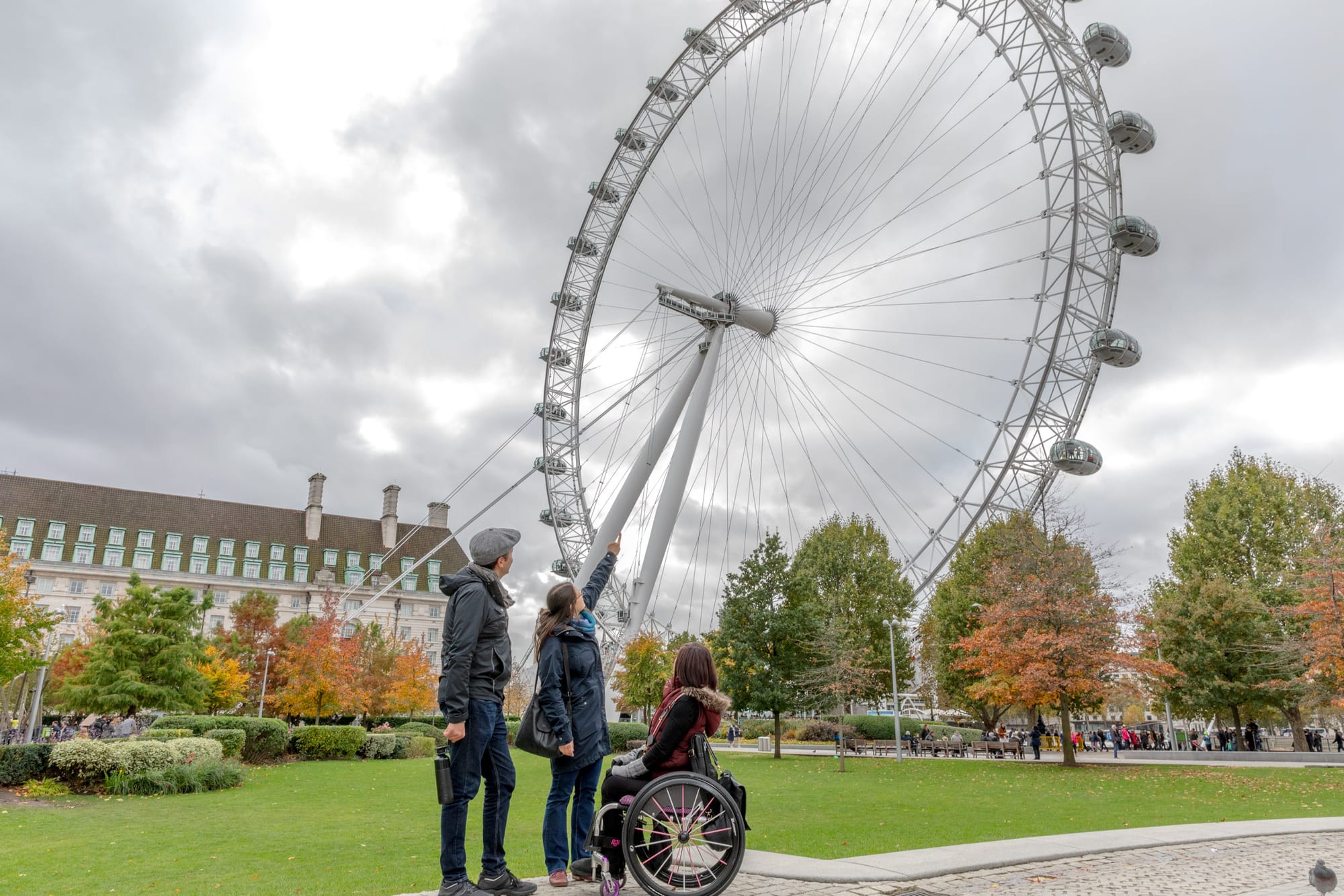
Worry-Free Travel With Accessibility Needs That Suit You.
Find Hotels, Activities, Transportation and Much More in London
Learn More

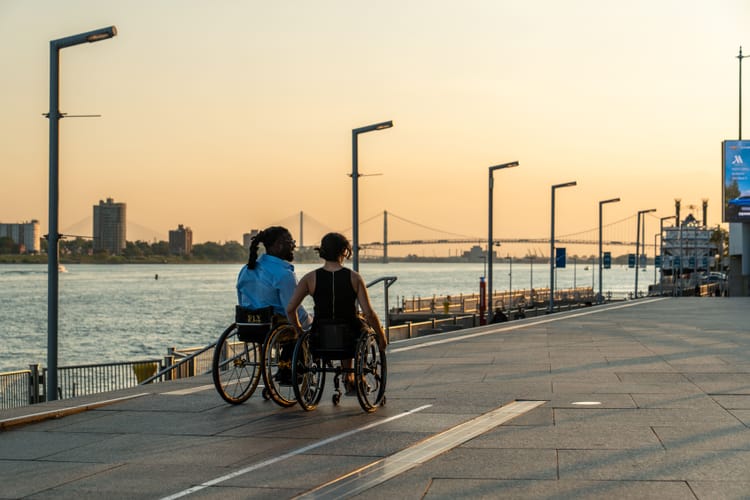
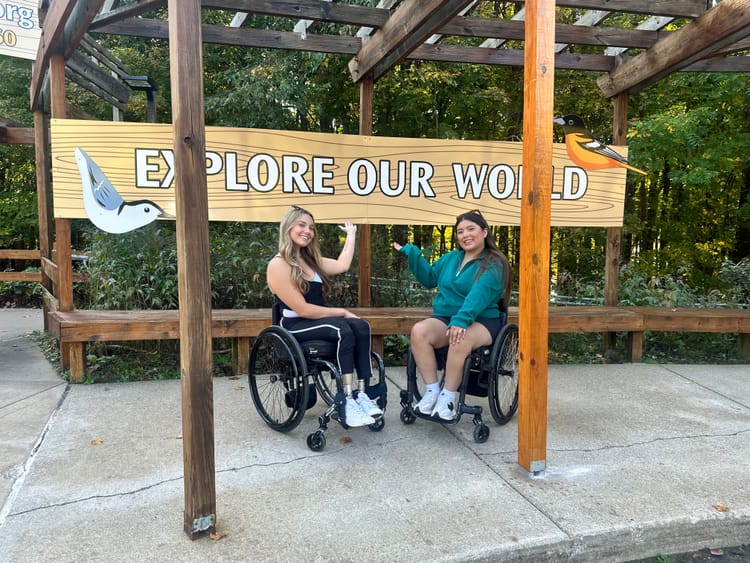
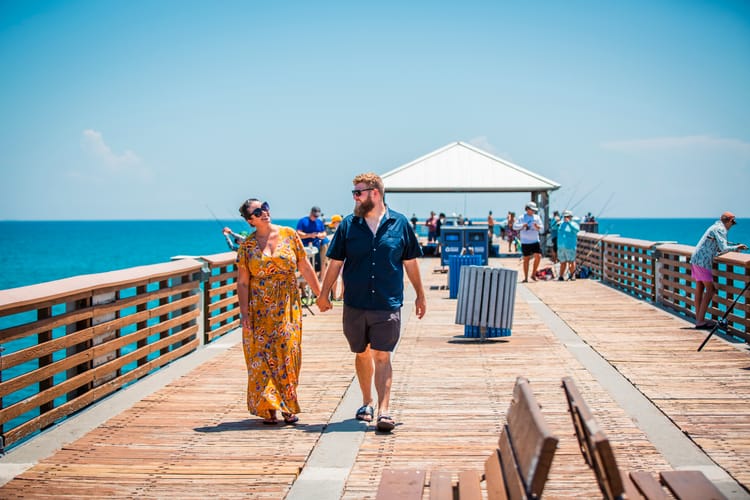
Comments ()